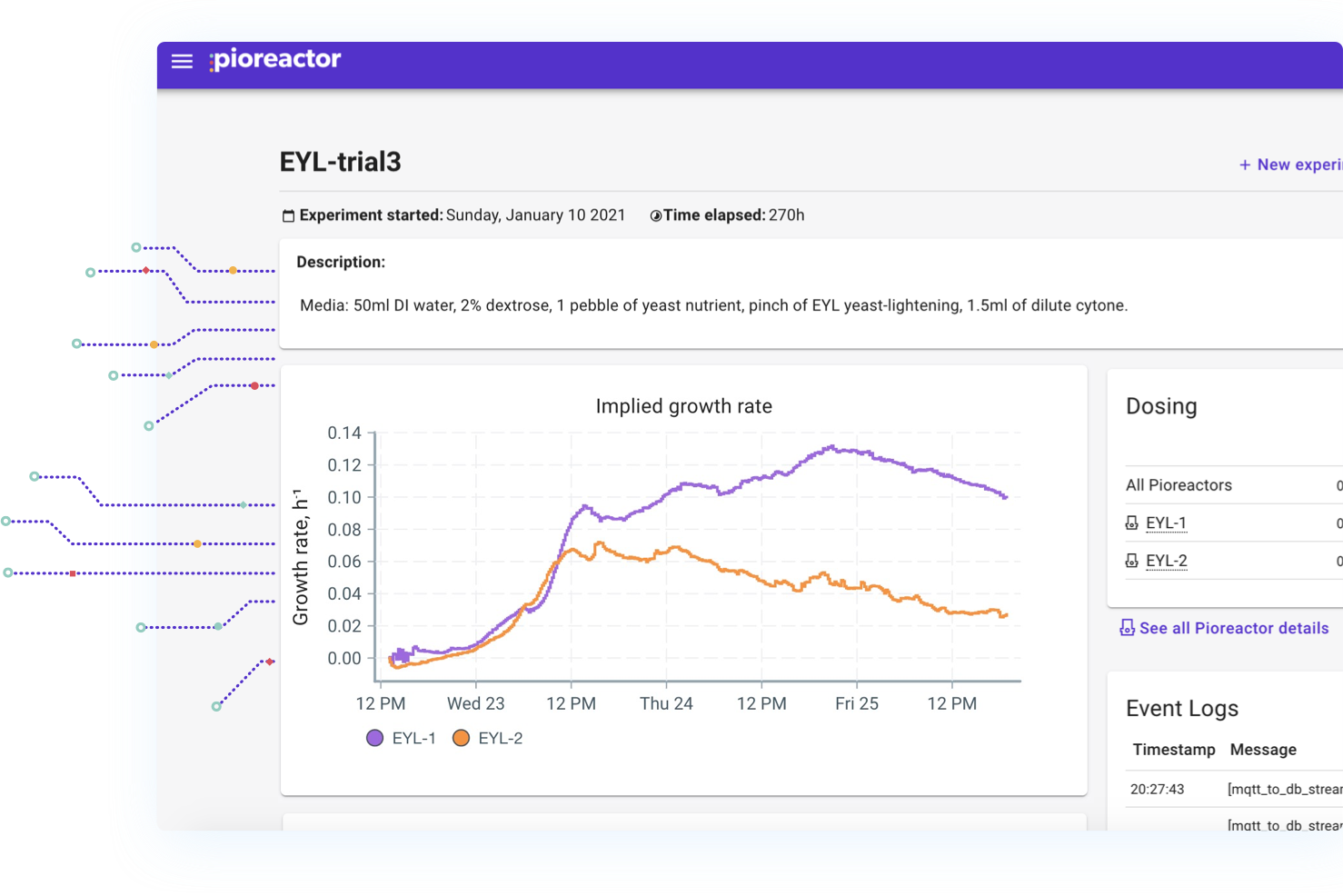When I first got started in fermentation, I was a bit lost. There’s no “how to learn fermentation 101” Medium articles, unfortunately. I think most people learn via their academic background in biology, and fermentation is just an applied subtopic in biology. Hence most discussions about fermentation online are experts talking to other experts. These discussions are often feel like you need a full labratory to practice their advice: -80℃ freezers, costly reagents, pre-sterilized tools, etc. - not to mention the skills required to handle these pieces of equipment. This has put, in my opinon, a large gap between biology hobbyists/new entrants and professionals.
While one foot is in biology, my other foot is in computer programming. Unlike biology, the gap between professional and hobbyist in computer programming is near nil. A hobbyist has all the tools available to a professional: access to cloud computing, software development environments, free and open source software, etc. Even cost is not an issue: a full computer can be bought for as little as $15. This near-universal access to programming has a fly-wheel effect: the more people programming ⇒ the more tools available ⇒ the more accessible programming becomes ⇒ the more people programming, and so on. It’s remarkable to think about it, but modern computers are only ~40 years old. We are still in the infancy of computing.
So why is “hobbyist” biology lagging, even though the field is much older? This is a question I’d like to give more thought before answering, but certainly the limited access to tools and training is near the top of the list. This was a motivating reason to build the Pioreactor - a bioreactor that is acccessible by design. On this blog, we gone through some of the beginnings of the Pioreactor (see here), and we’ve decided to double down on this idea and polish it further. The end result is a remarkably fun tool, and we are still discovering new ways to use it. For example, I’ve been playing with the idea of directed evolution to design new microbial behaviours. We’ve also developed of a novel way to track the progress of home lactofermentation using a Pioreactor (blog post coming soon).
If you are interested in learning more about the Pioreactor, sign up for updates here!
 Cameron Davidson-Pilon
Cameron Davidson-Pilon 